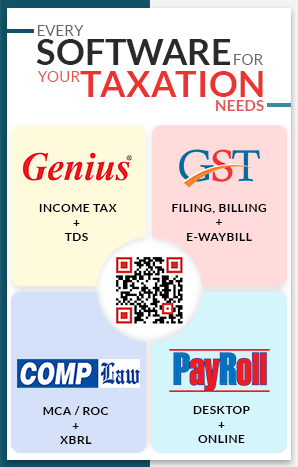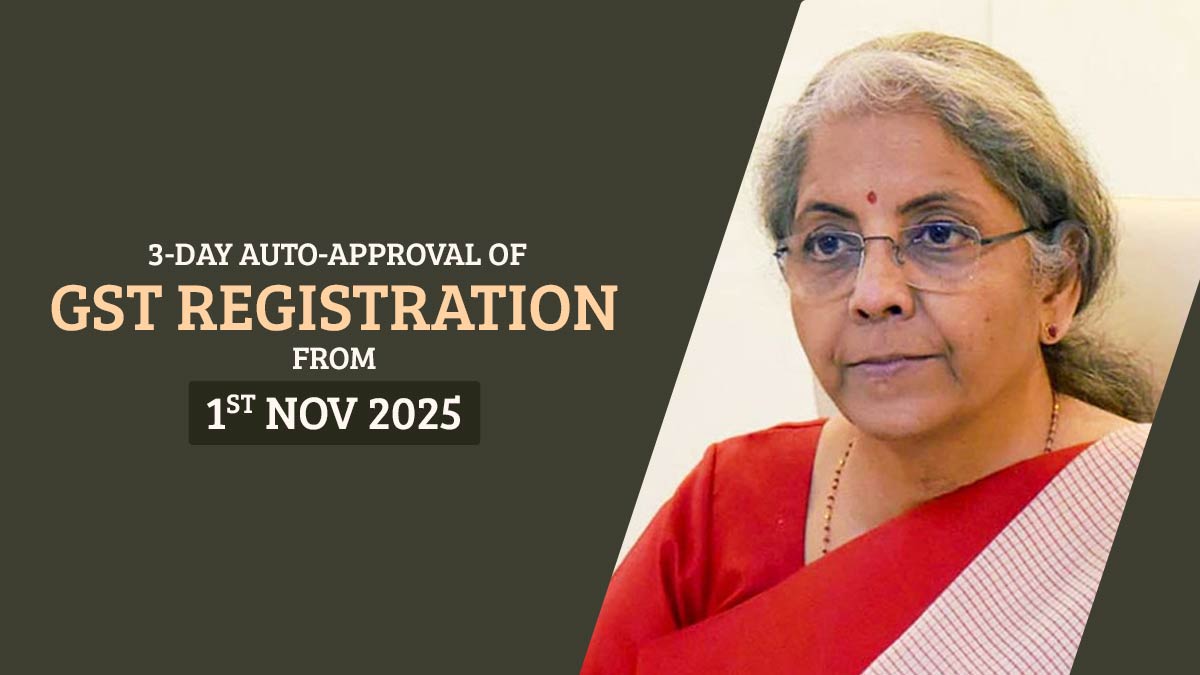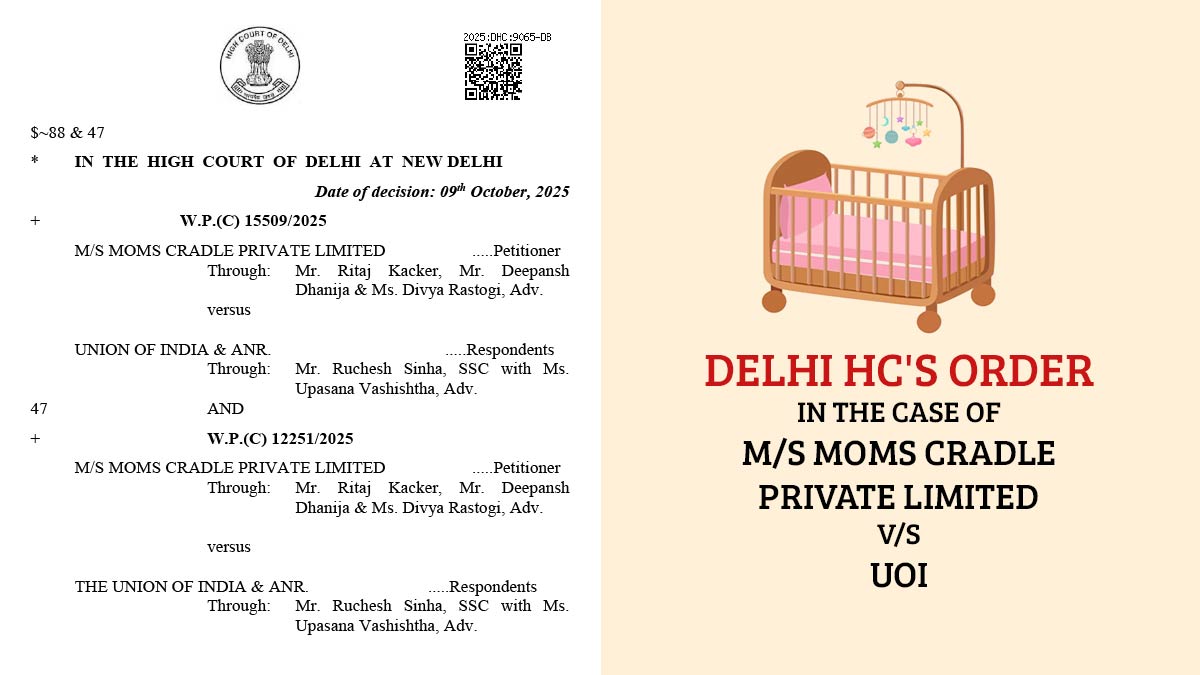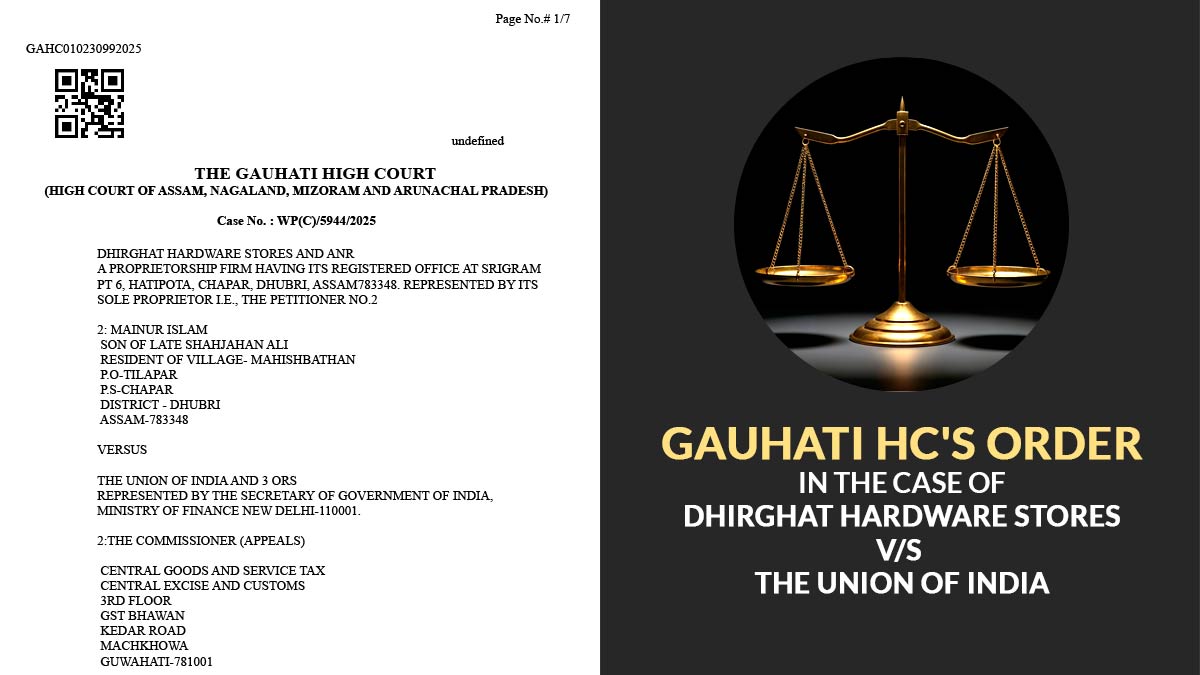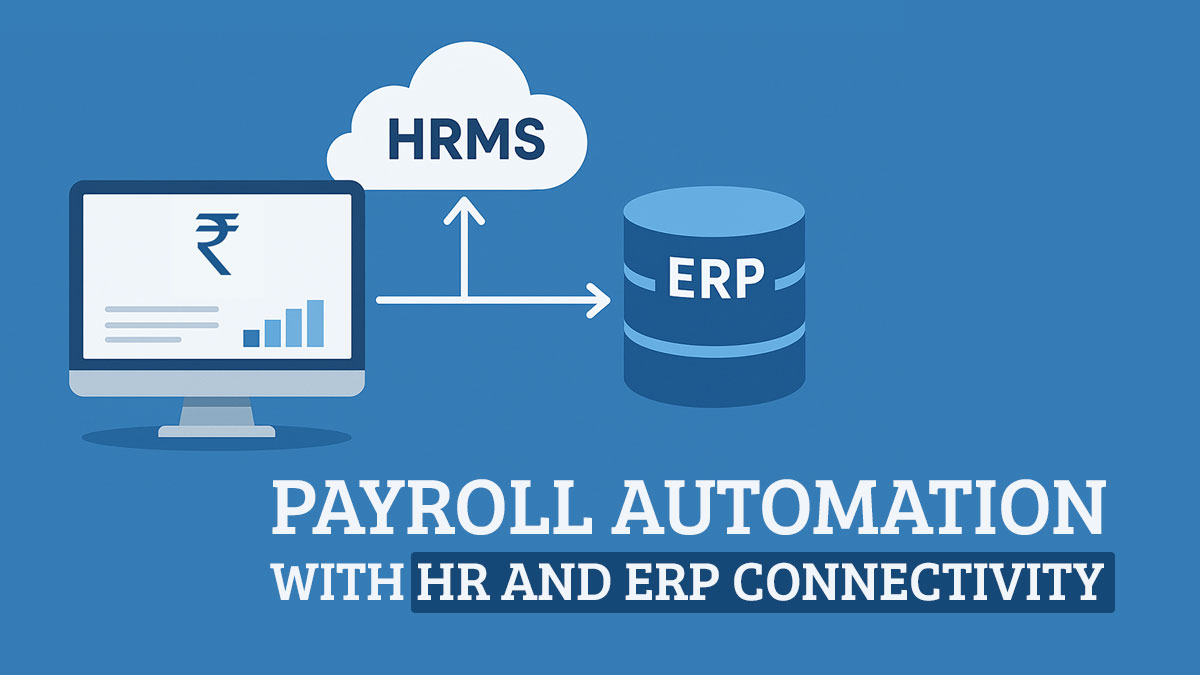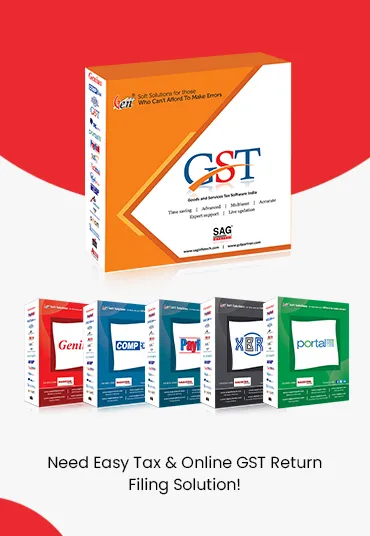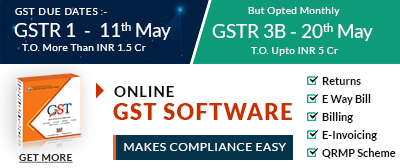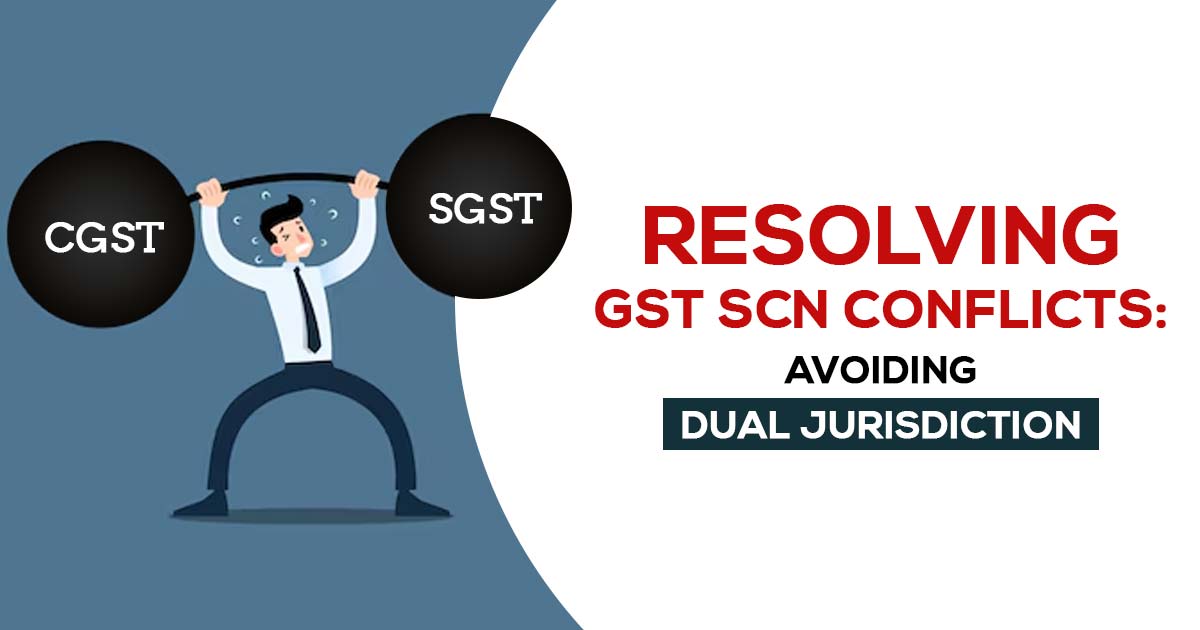
In 2017, the Goods and Services Tax (GST) was introduced in India. The objective was to consolidate indirect taxes under a structure shared by the Central and State Governments. However, issues often arise when both central and state authorities attempt to levy taxes on the same case, leading to dual jurisdiction conflicts.
Proceedings were restricted under Section 6(2)(b) of the CGST Act 2017 via two distinct authorities on the identical subject matter. To prevent the duplication of measures and ensure taxpayer convenience, this safety procedure has been leveraged.
With these provisions the circumstances of dual jurisdiction could take place, causing the taxpayers stress and financial load. To mitigate these circumstances robust compliance to the provisions of law is needed and effective clarity on the proceedings has been initiated via one authority is significant.
Exploring the Legal Framework:
Section 6(2) Subject to the prerequisites established in the notification issued under sub-section
- When a designated official provides an order under this law, they will also issue an order under the state or Union Territory Goods and Services Tax laws, as permitted by those laws. This will be done while keeping the relevant tax officer informed.
- where a proper officer under the State Goods and Services Tax Act or the Union Territory Goods and Services Tax Act has begun any proceedings on a subject matter, no proceedings shall be via the proper officer under this Act on the same subject matter.
The Telangana High Court in the case of DOTT Services Limited v. State of Telangana (2024 TAXSCAN (HC) 833) has quashed an order via the SGST authorities, citing that CGST authorities have adjudicated the case before.
The court cites that according to provisions u/s 6(2)(b), state authorities do not have jurisdiction to issue a demand order for an issue evaluated earlier via the central authority. This precedent establishes the significance of respecting jurisdictional boundaries.
What Would Take Place if Dual Jurisdiction Conflicts Emerge
- Document all the pertinent records like SCNs, orders, and appeals specify a timeline for the proceedings.
- Response to SCN, orders, and appeals without delay. It is significant to stay proactive and track the proceedings.
What is the Method to Draft a Reply Notice to an SCN in a Dual Jurisdiction Context?
When answering an SCN on a case that is already under adjudication, comply with such structured steps-
- Acknowledge SCN receipt and establish the allegations. Direct to previous orders or SCNs or appeals issued via the other authority.
- Quote the pertinent provisions of law that allow or restrict the same activity. In the same case, Section 6(2) of the CGST Act 2017 is attached to specify the lawful framework.
- Attach copies of all the pertinent documents confirming the claim that a distinct authority is already adjudicating the case.
Directs the Cases and Rulings to Reinforce Your Claims
Finish your response with a particular request to drop the SCN or statutory proceedings as of the judicial overreach claiming compliance with all the applicable provisions.
Closure
In the GST assessments, the problem of dual jurisdiction outlines the requirement for clear communication and compliance with statutory provisions. Taxpayers can challenge Show Cause Notices (SCN) issued by authorities lacking jurisdiction by invoking Section 6 of the CGST Act and replying to such adjudication diligently.
The taxpayers may safeguard themselves from unwarranted liabilities and guarantee compliance with GST, by focusing on procedural validity, factual accuracy, and legal provisions.



